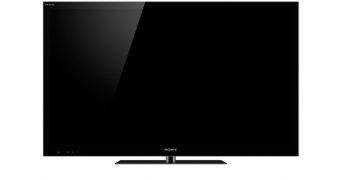While there is no question that many companies are showing an interest in 3D, there seem to be certain reservations regarding this display mode's appeal to the bulk of the consumer market.
The 3D market practically took off when movies began to be released which were shot or post-edited in 3D, around the end of 2009.
Since then, a visible number of 3D monitors, HDTVs and other hardware, as well as technologies like 3D Vision Surround, have appeared.
In fact, not only have there been new displays with 120 Hz refresh rates, but even keyboards specifically designed to be used with 3D glasses have cropped up.
This may seem to suggest that companies are quite optimistic about the chances of this emerging market.
Not all share this opinion, however, and PCR magazine even suggests that there is not enough evidence to suggest that 3D is even wanted.
While high-end products may be justified in seeking to incorporate 3D functionality, there is, supposedly, little to no interest for it on the mainstream market.
While there are, so far, some TV broadcasts in 3D, the need or desire for 3D TVs is still low among the majority of consumers.
“There is no doubt that 3D, when used properly, can enhance the visual experience and gives some breathtaking results, but one of the issues is that there is too much bad use of the technology," said Adam Harris, CEO of trade body TCA.
No doubt the actual progress will be determined by how quickly researchers and developers get around to finally elimination the need for 3D glasses.
"Growth will largely depend on the experience; for some, the need for glasses may be seen as a hindrance,” said Neil Spicer, GPU and Chipsets Lead at AMD.
“At AMD, we think that the growth and mass-market appeal for 3D devices will depend upon the new experiences offered beyond the current glasses-and-monitor systems available."

 14 DAY TRIAL //
14 DAY TRIAL //